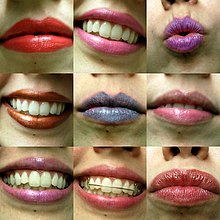How To Run A Beauty Salon: Permits
| | |
Every new business owner needs to know the fundamentals. Forbes.com is breaking down those building blocks by answering eight core questions related to a given industry. Taken together, the information will give budding entrepreneurs a head start on making those first critical steps.
What permits do I need to open a beauty salon?
You and your staff probably shelled out thousands of dollars and spent a few years learning your craft. Thankfully, obtaining a state license to operate a salon is cheap and quick. "It's actually one of the easiest things you'll do when getting started," says Laurence Seybold, owner of Milwaukee-based salon Carenza.
But first, as with any small business, you need to establish the corporate structure--probably a limited liability company. This involves filing articles of incorporation or organization. Once established, you'll be able to secure a federal tax identification number, which registers your business with the federal government so Uncle Sam can take his cut of your salon's cash flow.
Scheduling an appointment with the relevant state agency--usually the state's department of cosmetology--shouldn't take more than a few days. Licenses to operate a salon typically cost between $100 and $2,000, depending in part on the length of the license.
To meet the requirements, your salon will need to pass muster with electrical, sanitation and fire codes. You also will need to prove that you and your employees carry the necessary licenses to tease those locks; peddling manicures, pedicures or massages requires additional licenses.


